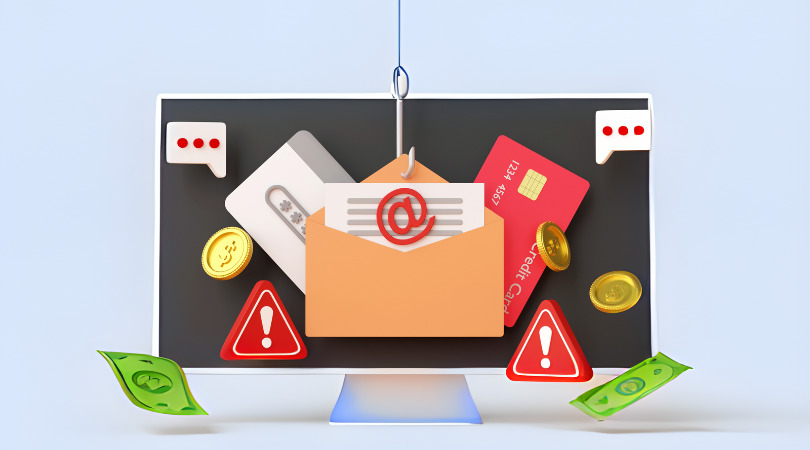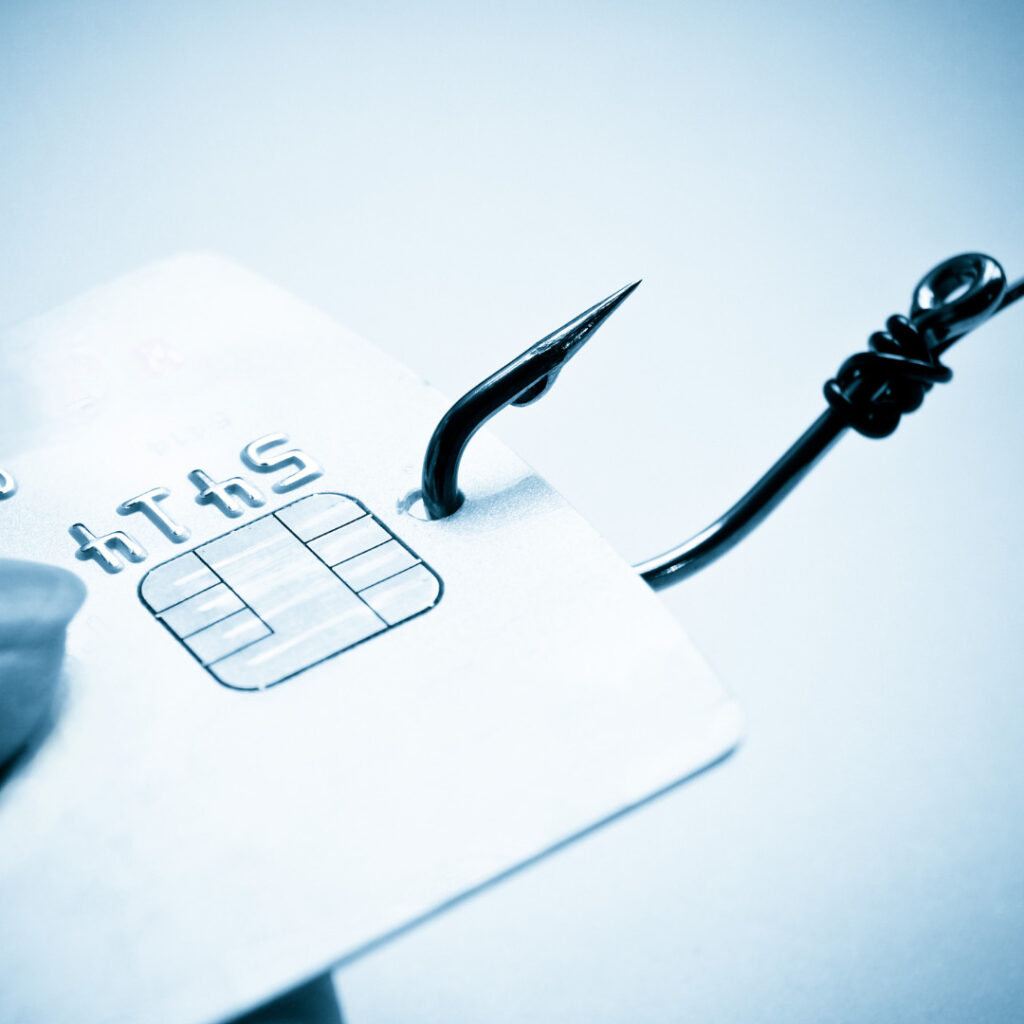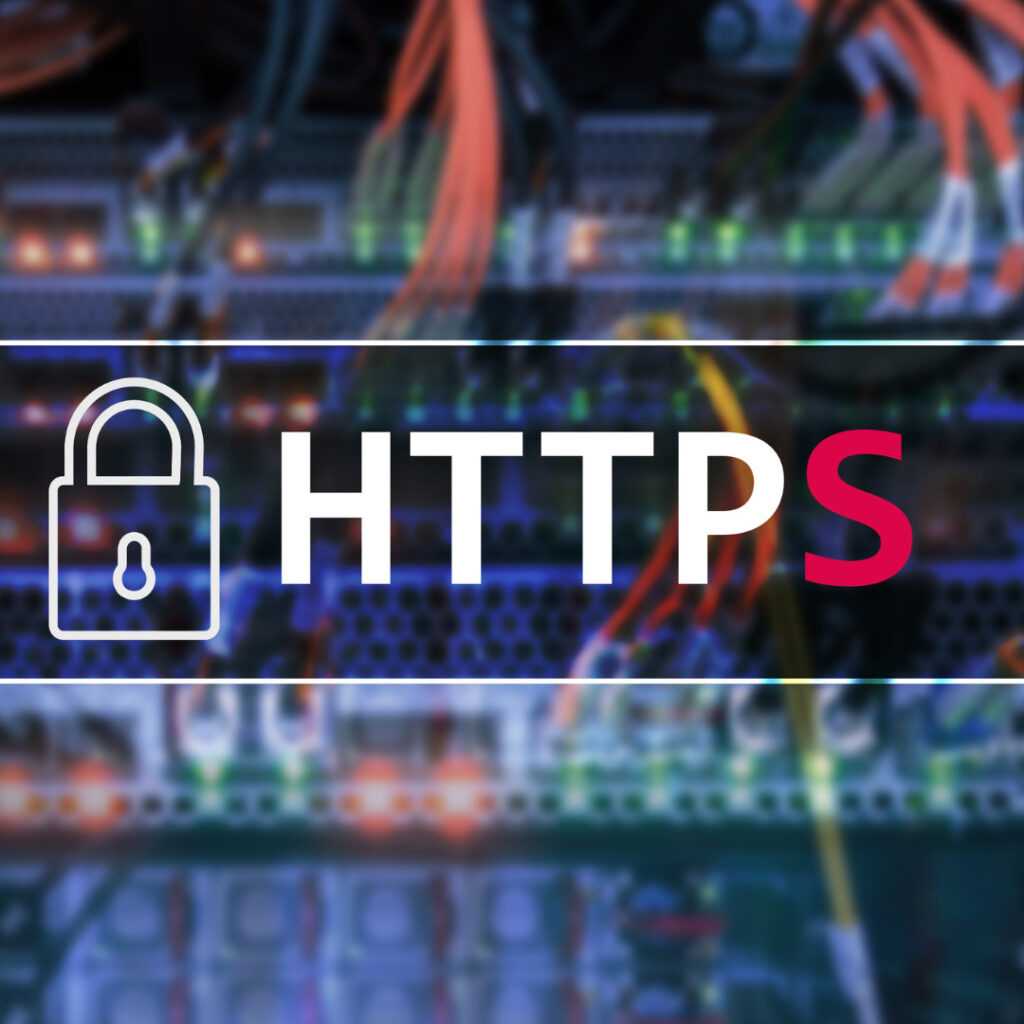How to Protect Yourself from Phishing
Phishing is one of the most common types of cybercrime. It aims to steal users’ personal information, such as passwords, credit card numbers, and other sensitive information. Since the beginning of the pandemic, the number of phishing attacks has increased significantly, so it’s important to know how to protect yourself from this type of fraud. […]
Cybersecurity

Phishing is one of the most common types of cybercrime. It aims to steal users’ personal information, such as passwords, credit card numbers, and other sensitive information. Since the beginning of the pandemic, the number of phishing attacks has increased significantly, so it’s important to know how to protect yourself from this type of fraud.
1. Be careful with suspicious offers
If an offer looks too good to be true, it could be a phishing trap. For example, an offer to buy a new iPhone with an 80% discount is unrealistic. Always evaluate offers objectively, and do not succumb to overly favorable conditions.

2. Use unique passwords for different accounts
Using the same password for all accounts is a big mistake. If an attacker hacks one account, they can gain access to all of your accounts. Use different passwords for each account and store them in a secure password manager.
3. Be wary of password change emails
One of the most common phishing methods is sending emails imitating official password change requests. Avoid clicking on links sent in such emails. Instead, open a browser and enter the website address manually to change your password directly through the official website.
4. Check for signs of social engineering.
Phishing emails often have grammatical and spelling errors, or use a suspicious writing style. Pay attention to these signs. If there is any doubt about the letter, it’s better to check its authenticity.
5. Make sure you have a secure connection (HTTPS)

Before entering sensitive data, make sure that the site uses the secure HTTPS protocol. This can be seen in the address bar of the browser – the site address must start with “https://”. Sites that do not use HTTPS do not provide an adequate level of security, so entering sensitive data is dangerous and puts you at risk.
Conclusion
Protection against phishing requires attention and a certain level of IT literacy. Following simple security rules will help you reduce the risk of falling into the trap of fraudsters. Develop your information security skills and be careful on the Internet. This will help protect your personal data and finances from hackers.
And if you’re looking for a good technology partner to help your business succeed, contact us to schedule a free assessment.




